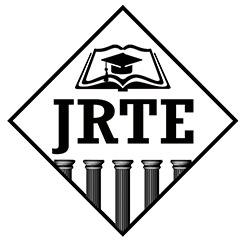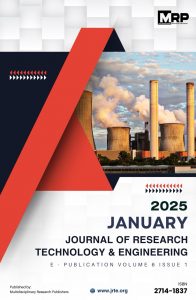Downloads
Soil is one of the essential resources required in many industries, including agriculture. Decaying of soil might weaken the soil properties, composing unsuitable environment for agriculture and other activities. Soil can be eroded with water or the wind, and it has been identified as a natural process. However, an intensified erosion was observed for a few decades, with human activities worldwide. The loss of soil due to erosion might be a minimal displacement or a large scale landslide, depending on the field and level of soil decaying. There are numerous onsite and offsite consequences due to soil erosion, such as loss of yield in agricultural lands,
thinning and crusting of topsoil, poor water infiltration and nutrient retention, silting in the surface water sources leading flooding, decreasing dry-water flow, and degrading environmental sustainability etc. Thus, introducing soil erosion control methods are highly important in mitigating and remediating eroded sites. In this review study, the strategies used as conventional soil erosion control, novel applications, and future soil erosion management trends are discussed. Contour planting, mulching with agricultural wastes, and physical structures such as check dams are few of the conventional methods used. There are novel technologies such as using biopolymers, geotextile materials, plastics and rubber cover as mulches, chemical treatments as soil binders, modified weeding technologies in agricultural lands, soil netting, laying of rock blankets, and other improved agronomic practices are discussed in this article. Further, the novel trends in soil erosion prediction and estimation using soil erosion modeling have been examined using examples in this article.
Written by JRTE
ISSN
2714-1837
| M | T | W | T | F | S | S |
|---|---|---|---|---|---|---|
| 1 | 2 | 3 | ||||
| 4 | 5 | 6 | 7 | 8 | 9 | 10 |
| 11 | 12 | 13 | 14 | 15 | 16 | 17 |
| 18 | 19 | 20 | 21 | 22 | 23 | 24 |
| 25 | 26 | 27 | 28 | 29 | 30 | 31 |
Our Visitors






 Users Today : 15
Users Today : 15 Total Users : 28632
Total Users : 28632 Views Today : 32
Views Today : 32 Total views : 81393
Total views : 81393 Who's Online : 1
Who's Online : 1 Your IP Address : 18.223.122.53
Your IP Address : 18.223.122.53

